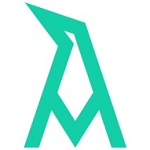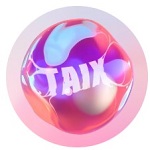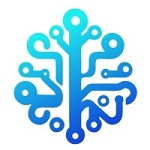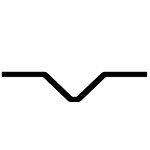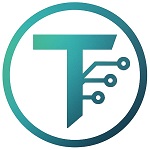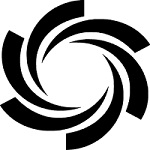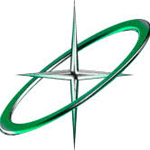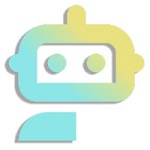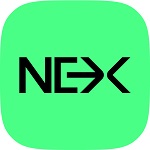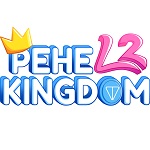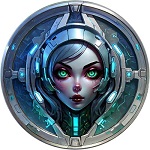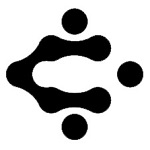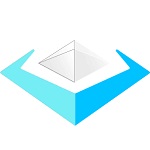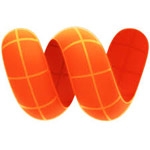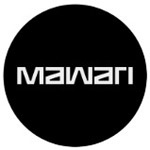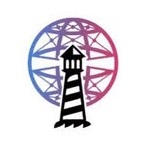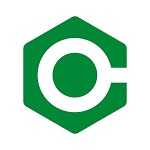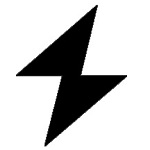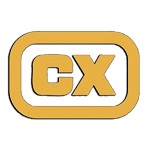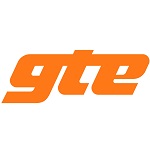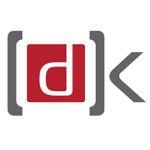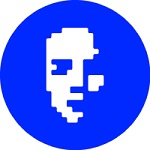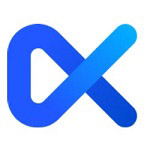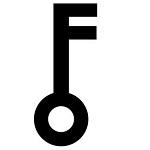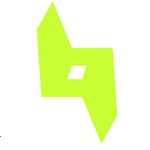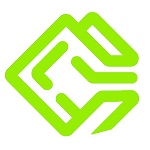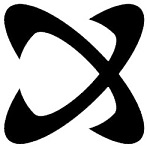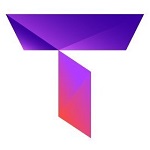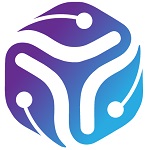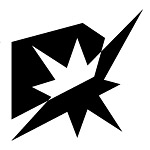Web 3.0
| Projects | Status | Date start | Raised | Launchpad | Ecosystem | X score | Interest lvl | Industry | ||
|---|---|---|---|---|---|---|---|---|---|---|
IDO Upcoming IDO | Jul 25, 2025 | Data Analytics +3 | ||||||||
ICO Ongoing | Jul 25, 2025 | Gaming +2 | ||||||||
ICO IDO Ongoing Upcoming IDO | Jul 07, 2025 | Crowdfunding & Lending +3 | ||||||||
IDO Upcoming IDO | Jul 07, 2025 | Blockchain +5 | ||||||||
ICO Ongoing | Jul 07, 2025 | Internet & Telecommunications +3 | ||||||||
IEO Ongoing IEO | Jun 24, 2025 | $1,6M | Production & Manufacturing +2 | |||||||
IDO Upcoming IDO | Jul 11, 2025 | Exchanges & Wallets +4 | ||||||||
ICO IDO Ongoing Ongoing IDO | Apr 20, 2025 | Trading & Investing +7 | ||||||||
ICO Pre-Sale | Apr 20, 2025 | AI +3 | ||||||||
ICO Ongoing | Apr 20, 2025 | Charity & Donations +3 | ||||||||
ICO Pre-Sale | Apr 20, 2025 | $1,2M | Software +8 | |||||||
IDO Upcoming IDO | Jul 08, 2025 | Gaming +2 | ||||||||
ICO Ongoing | Jul 08, 2025 | Meme +1 | ||||||||
IEO IDO Ongoing IEO | Jul 01, 2025 | $12M | Crowdfunding & Lending +3 | |||||||
ICO Ongoing | Jul 01, 2025 | Web 3.0 +2 | ||||||||
ICO Pre-Sale | Jul 01, 2025 | Blockchain +4 | ||||||||
ICO Pre-Sale | Jul 01, 2025 | Meme +2 | ||||||||
IDO Upcoming IDO | Mar 22, 3035 | Sport +6 | ||||||||
ICO Pre-Sale | Mar 22, 3035 | Meme +2 | ||||||||
ICO Pre-Sale | Mar 22, 3035 | Software +3 | ||||||||
ICO IDO Ongoing | Feb 25, 2025 | Data Analytics +3 | ||||||||
ICO Upcoming | Feb 25, 2025 | Internet & Telecommunications +5 | ||||||||
ICO Ongoing | Feb 25, 2025 | Gaming +2 | ||||||||
ICO Ongoing | Feb 25, 2025 | DeFi +1 | ||||||||
ICO Ongoing | Feb 25, 2025 | Finance +2 | ||||||||
ICO Pre-Sale | Feb 25, 2025 | Events & Entertainment +4 | ||||||||
ICO Pre-Sale | Feb 25, 2025 | Finance +2 | ||||||||
ICO Ongoing | Feb 25, 2025 | AI +3 | ||||||||
| Feb 25, 2025 | Blockchain +3 | |||||||||
| Feb 25, 2025 | $10,8M | Internet & Telecommunications +6 | ||||||||
| Feb 25, 2025 | Privacy & Security +6 | |||||||||
| Feb 25, 2025 | Mining +4 | |||||||||
ICO | Feb 25, 2025 | AI +2 | ||||||||
| Feb 25, 2025 | Blockchain +4 | |||||||||
| Feb 25, 2025 | $3M | Finance +5 | ||||||||
| Feb 25, 2025 | $21,2M | Finance +5 | ||||||||
| Feb 25, 2025 | $25,94M | Exchanges & Wallets +3 | ||||||||
| Feb 25, 2025 | Blockchain +3 | |||||||||
IDO Past | Jun 25, 2025 | $3,15M | Blockchain +4 | |||||||
| Jun 25, 2025 | Crowdfunding & Lending +4 | |||||||||
| Jun 25, 2025 | $2,5M | Blockchain +4 | ||||||||
| Jun 25, 2025 | $910M | Gaming +5 | ||||||||
IDO | Jun 24, 2025 | Software +4 | ||||||||
| Jun 24, 2025 | $65M | Privacy & Security +5 | ||||||||
| Jun 24, 2025 | DeFi +2 | |||||||||
| Jun 24, 2025 | $2,5M | Identity & Reputation +9 | ||||||||
IDO Past | Jun 24, 2025 | Blockchain +4 | ||||||||
| Jun 24, 2025 | AI +2 | |||||||||
IDO Past | Jul 02, 2025 | Education +4 | ||||||||
IDO | Jun 29, 2025 | Events & Entertainment +3 | ||||||||
What is Web 3.0
This is the third iteration of the Internet. It is even more user-centered. To understand its difference from previous concepts, let’s remember what they were:
- Web 1.0. This concept came along with the creation of the web 2.0 concept in 2004. At that time, we used the Internet in a “read only” format. Users could not interact with the resource, register or publish content.
- Web 2.0. With the advent of social media and blogging platforms, the concept of the World Wide Web has changed significantly. Now we don’t just consume content, but we can create it ourselves. This methodology still works to this day.
- Web 3.0. The next iteration of the web, which was talked about in 2020 and is now actively gaining momentum. It is based on machine learning, blockchain technology and decentralization.
In 2021, the term Web 3.0 is back in vogue – amid the growing popularity of cryptocurrencies, decentralized applications and NFTs. The word “Web3” also became popular during heated Internet discussions.
What distinguishes the new concept from previous ones:
- Decentralization. The next generation Internet will be based on the work of DApps, using P2P technologies. That is, in essence, the Internet will belong to all users, not to individual hosting providers.
- Artificial intelligence. Different natural language processing (NLP) algorithms will be connected to search for information, check spelling and, according to some experts’ predictions, even detect customized reviews and comments.
- Openness. The Web 3.0 Internet is one huge platform. Websites and applications will no longer exist separately, but will be combined into a single system – a meta-universe. Every digital asset will be interoperable.
- Control over personal data. Before the introduction of web3, website owners dictated our terms of use. Essentially, we had no choice but to provide our personal data or leave the resource. In the new blockchain-based concept, users will manage their own data and digital assets.
- Freedom of speech. There will be no censorship per se, and the role of moderation will be performed by users themselves, not corporations.
How does Web 3 work
The fundamental difference between Web 3 and Web 2 is the presence of decentralization at all levels, including data storage and application usage. It should also be noted that Web3 is actually powered by a network of computers, also known as nodes, which are involved in validating and recording transactions on the network. This differs from the traditional Web2 model, where transactions are validated by a central authority, such as a bank or technology company.
In addition, Web 3 can include those products that contain attributes such as:
- Blockchain and smart contracts;
- ICO/IDO for funding, including web projects;
- Open source code of the program so that other developers can participate;
- Ability to utilize Virtual or Augmented Reality (VR, AR) technologies;
- Various payment instruments to pay for transactions using cryptocurrencies;
- Integration of NFTs;
- Application of IPFS protocol for data storage;
- Decentralized Autonomous Organization (DAO) is involved in the project management;
- Metaverse conception.
Web 3.0 is evolving around the concept of the semantic web, which was proposed by Tim Berners-Lee in a 2001 article. Computers are unable to understand the semantics of a language where context is used with a word or phrase. His idea is to give structure to the semantic content of web pages, combine it into a single semantic “web” and create software that will understand the meaning and perform complex tasks for users.
Ultimately, Web 3.0 opens up new money-making opportunities. With NFT, any content can be tagged with an attribution label – and even a simple kitty meme can be paid for if it goes viral. In addition, Web 3.0 is accelerating the formation of future industries that utilize artificial intelligence, blockchain, advanced robotics, the Internet of Things, and machine learning to improve productivity.
While Web 3.0 is still at the start, there is a shortage of specialists. That is why companies are prepared to pay them more than other representatives of the IT sphere. There are now two key areas of development for developers: the development of network protocols and the creation of decentralized data storage, applications and wallets. But it is difficult to enter this industry without knowledge of blockchain and one of the programming languages involved in blockchain development, such as C++, Python, or Solidity.
Example of Web 3 blockchains
The conventional wisdom is that all blockchain projects or products that focus on the use of digital assets are Web 3 applications. This is partly true, but in fact, not all blockchain projects fully embrace the new concept of the Internet.
But here are a few blockchains that position themselves as full-fledged Web 3 DApps:
- Brave Browser: It is considered one of the most popular applications in the Web3 browser segment. It is a very unique browser with the main goal of giving users ad blocking and other privacy enhancing features.
- Chainlink is one of the leading oracle networks in the blockchain space. They help blockchains access off-chain data and develop programmable smart contracts. This decentralized network provides long-term data reliability and is helping some big DeFi companies.
- Decentraland: A project with a virtual environment with multiple events. One of the most publicized Web 3 space projects.
- Livepeer: The Livepeer project is the first project aiming to provide a fully decentralized streaming platform, highly scalable, incentivized by crypto-tokens, and leads to a solution that can serve as a live media layer in a decentralized development stack or Web 3.
Conclusion
So in this way, Web3 guarantees users more security and transparency on the Internet. Web3 has the potential to change many things, from the way we handle personal data to the way we use financial services. It is still a novelty and we still have a lot to learn, but the potential is huge.



